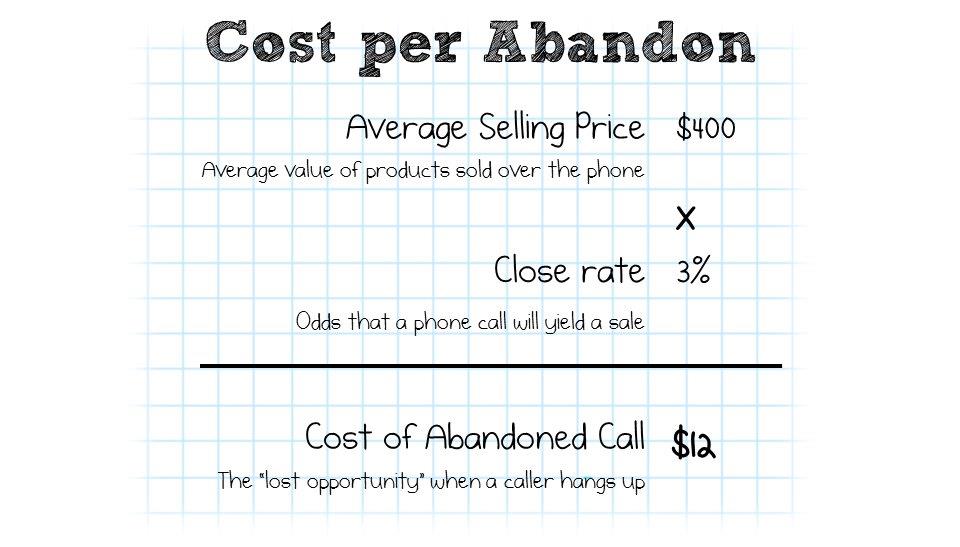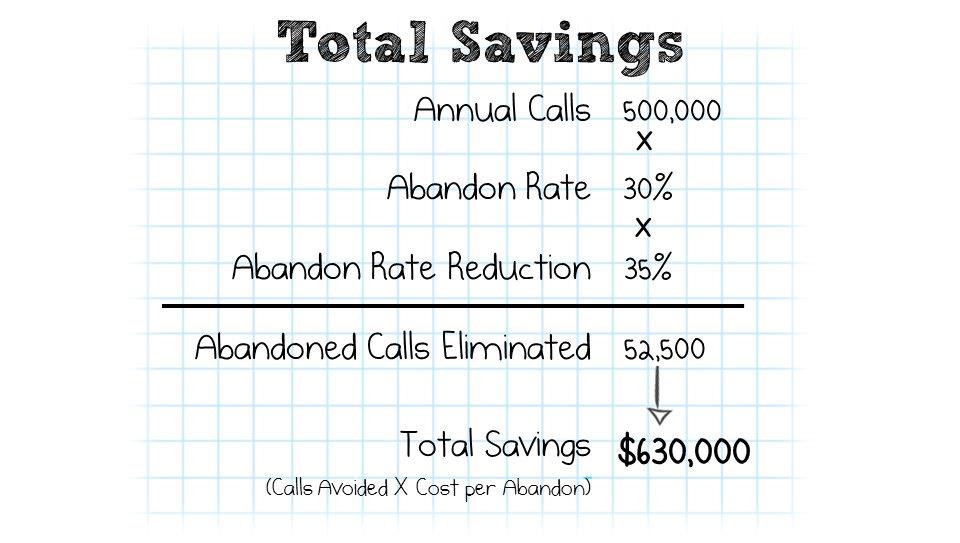In a perfect world, your contact center would never put callers on hold. If hold time is unavoidable, the next best thing to do is offer a call-back option. Removing the frustration of hold time will lead to happier callers. For many contact centers, this improvement in the customer experience is the primary, or even sole, motivation for adding call-backs. (If you need a reminder of how much callers dislike waiting on hold, just take a moment to scan the tweets at onholdwith.com.) But there’s another angle to this story.
When deployed correctly, call-backs can deliver concrete ROI through several paths: lowered abandon rates, shorter handle time, reduced telco cost and more consistent call volume. In this new eBook, we’ll present these paths to ROI one-by-one, and walk through the calculation needed to build a business case for your organization. To make the math easier to follow, this document will use a fictitious company “ExampleCo” for all the calculations. It will draw from our experiences deploying Fonolo’s cloud-based call-backs, but the concepts are equally applicable to any call-back solution.
Part 1: Lowering Abandon Rates

Lowering Abandon Rates
An abandoned call is one where a caller was placed on hold and disconnected before reaching an agent. The Abandon Rate (or Abandonment Rate) is the percentage of abandoned calls out of total calls. Abandonment leads to higher repeat calling, which lowers both First Call Resolution (FCR) and, of course, customer satisfaction (CSat). As you would expect, abandon rate grows with ASA (Average Speed to Answer). The longer callers are on hold, the more likely they are to give up.
Many call centers have a tough challenge with abandon rates. One way to combat this problem is to add agents until the rate shrinks down to the target level. But of course, extra budget for staffing is not always available.
(Call centers with “spiky” call volume face a tougher problem. If you staff up to accommodate peak volume, you will have a lot of excess agent capacity at other times. This is another area where call-backs can help, which we’ll cover in Part 3.)

How Call-Backs Help
Call-backs reduce abandonment by allowing callers to keep their place in line, without staying on hold. Once callers switch to this mode of “waiting”, they are much less likely to abandon. At Fonolo, we’ve witnessed this effect many times. Two recent examples are the deployments we did with Bright Horizons and Velocity Credit Union, where we saw a 33% and 62% decrease, respectively, in abandon rate. To learn more about these projects, you can read a case study about Bright Horizons, or watch this video about Velocity Credit Union.
What’s the Cost of an Abandoned Call?
To get a quantitative ROI based on a reduction in abandon rate, it’s necessary to assign a dollar value to an abandoned call in your call center. In a sales scenario this is fairly straightforward: it’s the “opportunity cost” of each missed conversation between an agent and a caller. Here’s an example of that math for fictional company “ExampleCo”:


Some Notes on Cost per Abandoned Call:
- Depending on what you sell, “Lifetime Customer Value” might be better to use for the top line.
- In a scenario other than sales, it’s harder to get this number. However, companies do come to us with a number based on their own internal processes.
- This number has a very wide range. We’ve seen values as low as a few dollars and as high as $120.
Calculating Your Savings
Once you have the cost of an abandoned call for your call center, the next question is, how many abandons can be avoided. Judging from the case studies above, let’s choose 35% for the “Abandon Rate Reduction Factor” and continue working through our example:




